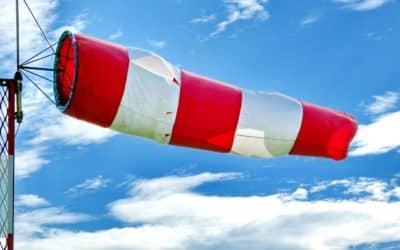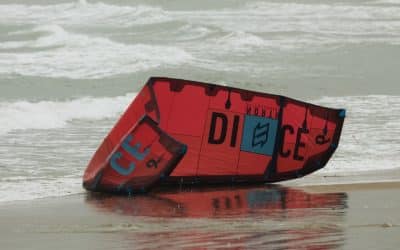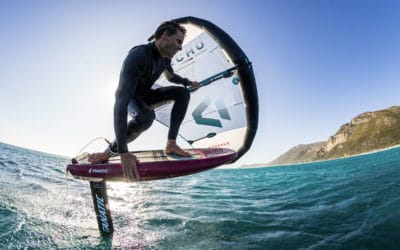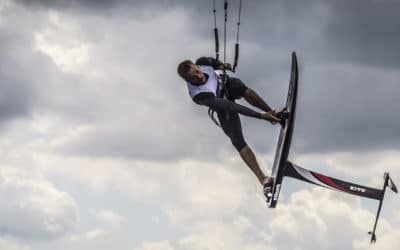Discover the electric foil!
At first you looked at them in disbelief before you realised that there was no magic involved. The E-Foil, or electric foil board, is now more and more present on the beaches. And understandably so, as it looks like something out of a futuristic movie. But despite its unattainable appearance, it is a machine that you absolutely must try!
No need for wind or waves, a smooth stretch of water, a lake, a river, or the beach of Almanarre in a calm spell, and off you go! New sensations are presented to you to leave on the water.
How does an E-foil fly?
If you are a fan of water sports, the word Foil will be familiar to you. From surfing to America’s Cup and Vendée Globe boats, foils are now a common sight on anything that sails fast. Putting a foil on a boat so that it flies and offers less resistance was the idea of Eric Tabarly on PenDuick 4. But putting one under a surfboard was the idea of Laird Hamilton, a legend (for those of you hearing this name for the first time, be curious!). So here we are at the stage of the surfboard with a foil. But what we are interested in here is the E-foil.
At first glance, the board looks more like a paddle board than a surf board. Indeed, its volume is the consequence of two factors that are essential for the functioning of the machine. It is a board that must be very stable in order to be able to stand on it even when stopped, and it also houses the battery that will power the foil’s motor.
The concept is simple: you get on the board, and with the remote control, you start the motor placed on the foil, which will make the board move forward and at a certain speed. Thanks to its profile, the foil will make the board go up until it does not touch the water anymore, and then you fly!
The first steps in electric foil
The two parameters you will have to control are obviously the balance and the speed, and both are interdependent.
But before thinking about your first take-off, let’s talk about safety.
Checking your equipment, wearing a life jacket, telling someone close to you that you are going on the water (even if it is highly recommended to have at least two people for your first outings), in short, all the safety instructions that are recommended and taught during any water sport, do not neglect them. A motorised board is not a guarantee of safety, an E-foil is not a lifeboat and its autonomy is relative, especially with beginners.
Depending on your build, your skills and your experience, the size of the board should be adapted to your practice. It’s like surfing, there are several sizes and if you don’t want to get discouraged, ask a pro for advice or take some lessons for your first steps.
There are several models that differ in the choice of materials (aluminium or carbon) or the shape of the board. The remote control is also a point to study, because it is a determining element of the success of your first edges.
Some manufacturers have developed remote controls that make it much easier to ride the E-foil, such as the choice of a constant speed, or a button that will allow you to accelerate evenly and consistently.
D-Day: your first ride
Choose to start from the beach or from a boat and choose a day when the water is less crowded, so you will have less pressure. Before learning to ride the waves, take time to ride in flat, windless conditions, even if you are an excellent surfer. You will have to get used to this new machine and especially know how to use the remote control.
A sheltered bay, with no rocks or seaweed banks and a minimum depth of 1.80 m, on a summer evening when the thermals are setting and the sea is gentle, is the ideal playground… A late afternoon on the beach of Almanarre for example! Do not hesitate to contact our kite school to discover the E-foil in complete safety.
Search
Catégories
Recent Posts
Suivez-nous !



